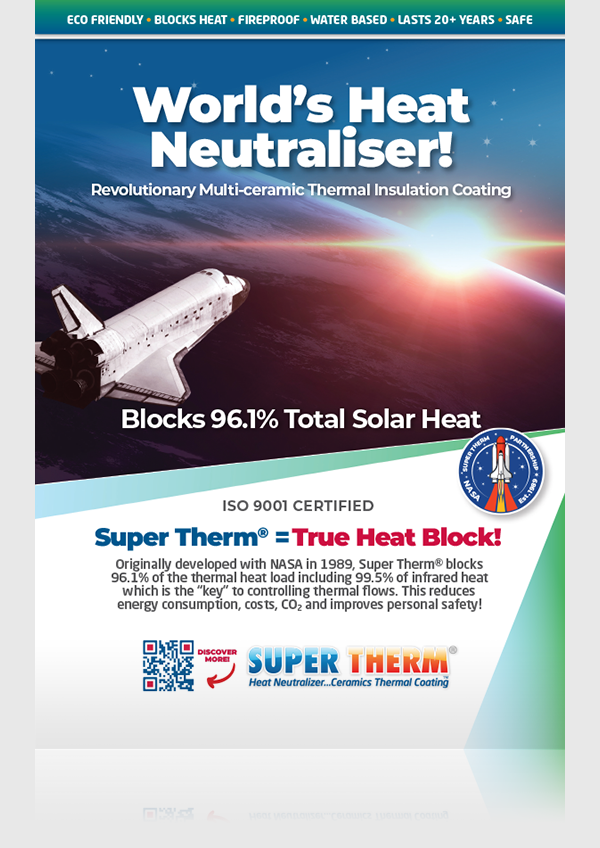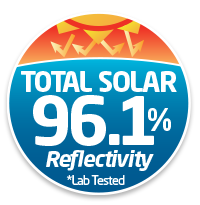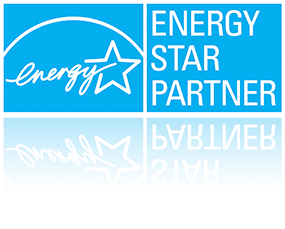Cool Surface Awareness Chart
As climate demands shift and energy costs rise, understanding how surfaces manage radiation and conductive heat has never been more critical, regardless of the material. This framework outlines the journey from denial of cool surfaces to basic visual assumptions to advanced thermal solutions. From basic colour choice to full heat-blocking technology this Cool Surface Awareness Chart maps the awareness levels shaping modern building performance and energy strategies beyond 2050.
There’s 7 Steps to becoming a Thermal Integrator.
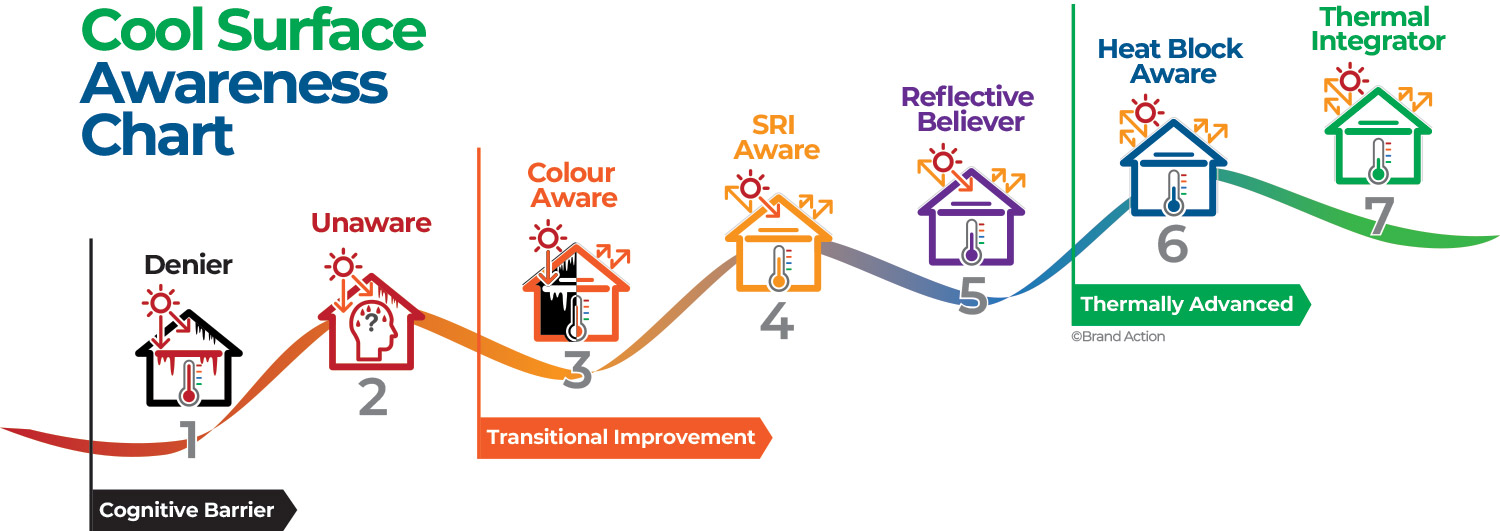
Cognitive Barrier
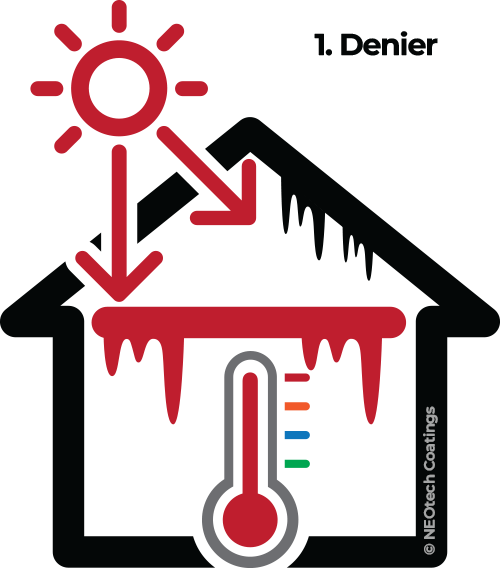
1. Denier
Pros:
- Loyal to proven, traditional insulation systems
- Comfortable with existing insulation standards and materials
- Prioritises bulk insulation, which has value in cooler climates
Cons:
- Ignores surface heat load completely
- Rejects paints/coatings and thermal science
- Adopts R-value thinking only, regardless of data ASTM testing at 24°C
- Thinks the envelope of a building is inside
- Believes cool roof myths, denies heat penalty surfaces
Denier – Actively resists the science behind cool surface science. Believes only bulk insulation like fibreglass matter. Paints/coatings are just “marketing fluff.” Dismisses surface heat load, ignores field data, and clings to old R-value metrics developed for cold-climate steady-state conditions. Considers the envelope only as internal. Typically entrenched in legacy systems, industry norms or product loyalty – prefers to downplay or ridicule technologies that challenge the status quo while perpetuates myths like the winter penalty.
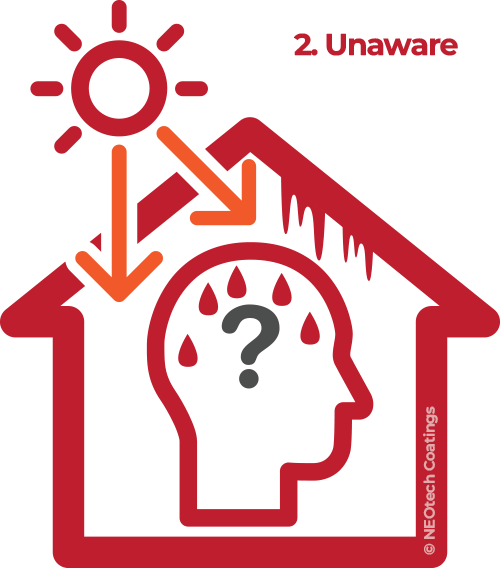
2. Unaware
Pros:
- Open to learning once exposed
- May already use insulation internally
- Recognises air conditioning as a core cooling method
Cons:
- Doesn’t consider roof or wall surface as thermal factors and not interested
- Unaware of the difference between paint and coating and any thermal understanding
- Relies on habit, not evidence or innovation
Unaware – Has no or little concept that the surface envelope of a building plays a significant role in heat gain or energy use. Think all roofs are roughly the same regardless of colour or materials such as tiles and galvanied. Mindset is shaped by habit, tradition, or lack of exposure to building sustainability. They assume some insulation in the walls or roof is enough and that staying cool is a job for air conditioners – not surface science. May not know the differences between paints and coatings.
Transitional Improvement
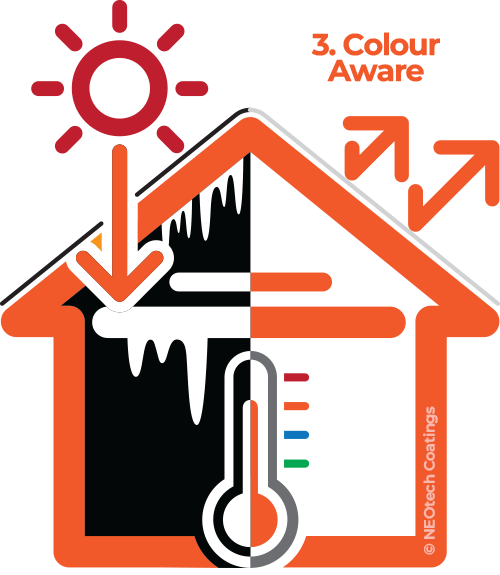
3. Colour Aware
Pros:
- Understands that light colours feel cooler
- Makes decisions that reduce heat visually
- Avoids dark colours in hot regions
Cons:
- Thinks colour alone is enough
- Doesn’t know how to measure performance
- Ignores infrared and thermal science
Colour Aware – Entry level. Believes lighter colours, especially white, help keep buildings cooler. Chooses roof colours based on aesthetics and basic temperature feel. Understands that dark roofs get hotter, but doesn’t know why or how to measure it. Thinks sunlight reflectance is enough. Focus is visual, not thermal science or infrared heat, with little understanding of total solar radiation, conduction, material properties, or heat absorption beyond surface colour.
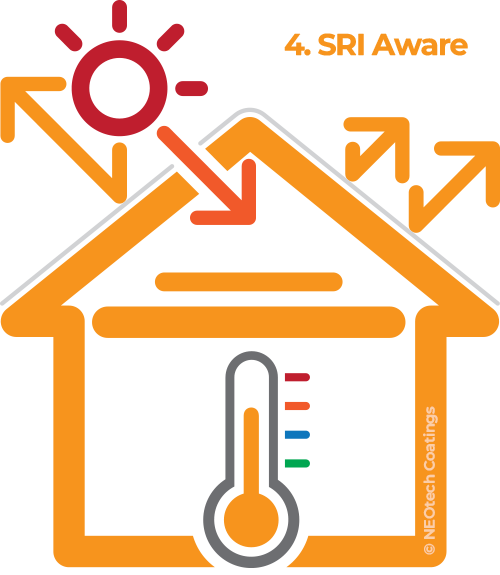
4. SRI Aware
Pros:
- Follows building standards and codes
- Understands reflectance and emissivity concepts
- Seeks higher performance through measurable values
Cons:
- Over-reliant on lab-based SRI numbers
- Doesn’t link SRI to real-world heat loading
- May or not understand deeper thermal metrics like diffusivity and heat load
SRI Aware – Knows that Solar Reflectance Index (SRI) measures a surface’s ability to stay cooler by reflecting solar radiation (UV, visual and some infrared-IR) and emitting absorbed heat. Likely influenced by building standards like, CRRC or Section J, BASIX. Believes a high SRI rating = better performance. Focus is on ultra bright white, high number and not real-world thermal results. Often assumes SRI covers all heat protection and solar absorption. Not aware that SRI is a relative measurement and doesn’t contribute to U-values.
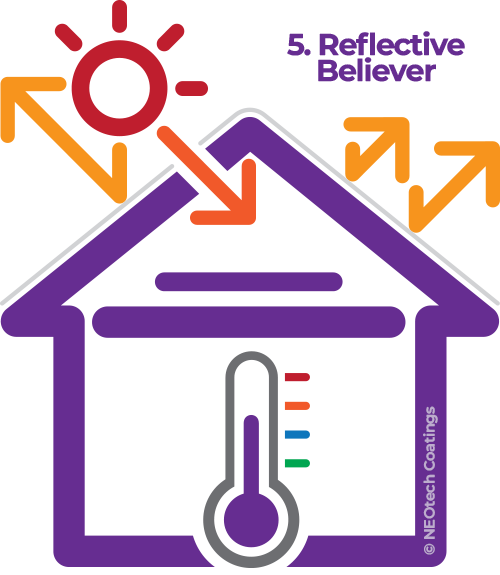
5. Reflective Believer
Pros:
- Knows about reflective coatings and SRI
- Interested in surface-based cooling solutions
- Likely to engage with performance discussions
Cons:
- Mistakes SRI for total heat protection
- Doesn’t question why “cool surfaces” still heat up
- Resistant to considering IR load or thermal physics
Reflective Believer – Believes reflective paints resolve some of the heat problem. Focuses on solar reflectance, lighter colours and high SRI but doesn’t understand infrared penetration, thermal loading or diffusivity. Relies on marketing claims or SRI ratings, assuming they equal real-world performance. Often unaware that surfaces can still get hot despite being reflective.
Thermally Advanced
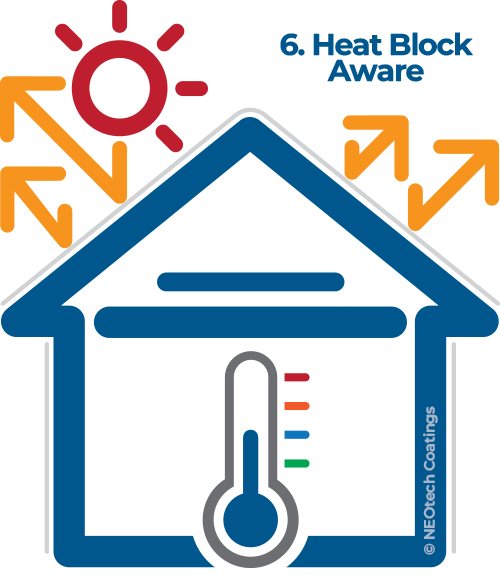
6. Heat Block Aware
Pros:
- Prioritises real and total thermal performance
- Understands complex heat science: IR, emissivity, diffusivity
- Demands coatings that actively stop heat at the surface
Cons:
- Requires more technical understanding and education
- May be harder to convince price-driven buyers
- Still a minority in mainstream building practice
Heat Block Aware – Understands true cool surfaces are beyond reflecting light and aligns with standards. Recognises the role of infrared heat, thermal loading, emissivity and diffusivity in managing building science performance. Prioritises coatings that actively block heat before it enters the substrate beyond air based insualtion and K-values. Demands absolute real-world performance that affect U-values, not just lab tests. Values total heat block factor, not just white, colour or SRI that improves passive house performance results.

7. Thermal Integrator
Pros:
- Values coatings like Super Therm® as core to climate-ready design
- Drives innovation and specification upgrades
- Likely to push change at policy or procurement levels
- Understands that Diffusivity handles the rate of heat/loss change
Cons:
- Niche, technical audience–harder to reach at scale
- May overcomplicate simple product-level messaging
- Often locked into high-budget, large-scale projects or existing processes only
Thermal Integrator – Understands heat block coatings as one part of a holistic energy strategy. Designs or specifies systems with coatings, ventilation, orientation, passive shading and energy modelling. Thinks beyond nominal compliance – toward net zero, resilience and performance in future climate scenarios. Focuses on U-value optimisation and real-world testing.
U-value handles volume of heat loss/gain.
Diffusivity handles rate of change.
Together, they define how a building actually performs.






